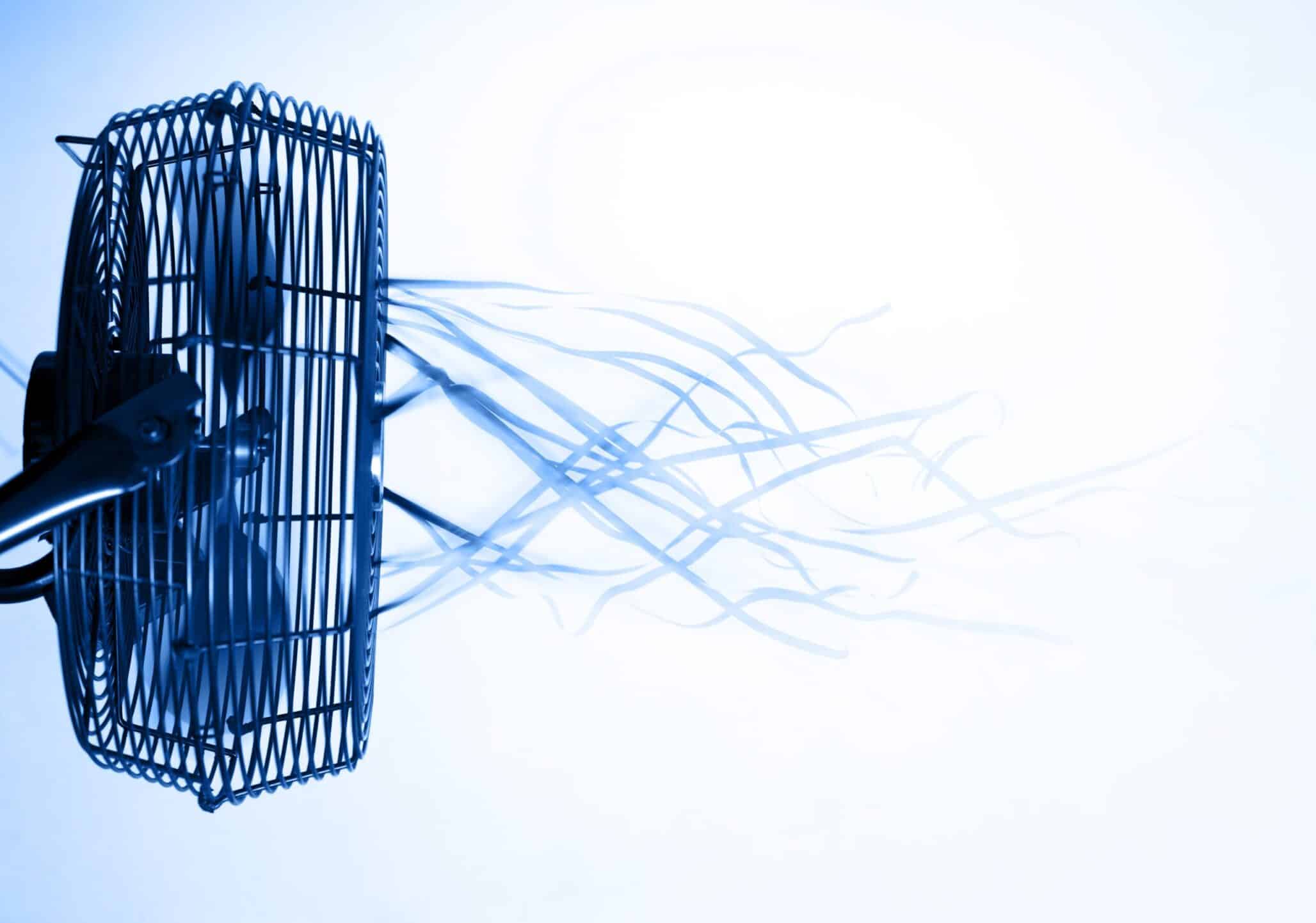While apomixis has been pursued by plant breeders for decades, it has until now been far out of reach. Several major research breakthroughs recently, however, mean apomixis is much closer than ever to reality.
In nature, some 400 plant species are able to reproduce clonally: the eggs inside the flowers of dandelions, saskatoons and oranges, for example, are able to become clonal eggs without pollination, stably transferring genes between generations from mother to daughter. Harnessing this apomictic process has the potential to dramatically transform plant breeding and drastically speed up hybrid propagation.
Plant research company, KeyGene, based in the Netherlands, is at the forefront of pursuing apomixis and has been the home of several major apomixis breakthroughs in the last handful of years. Rik Op den Camp, a program scientist and research team leader at KeyGene, says apomixis would be a game-changing technology for plant breeders.
“The wording ‘Holy Grail’ is used by some people about apomixis. It would be very, very impactful,” he says.
Most obviously, access to apomixis would speed the breeding process up, allowing researchers to move much more quickly to very large field trials in multiple locations thanks to cloned seed propagation.

Perhaps most importantly, apomixis would allow breeders to capture and maintain hybrid vigor.
“If you can fix heterosis after a single cross and then the seed production will only yield those fixed heterotic plants, that’s going to be quite an impactful change and it’s going to have a major impact on the way breeding is done,” Op den Camp says.
Apomixis could also open up the benefits of hybrid vigor to many more species, says Mary Gehring, a molecular biologist at the Whitehead Institute at Massachusetts Institute of Technology (MIT).
“Hybrid vigor is very important for maize. That was developed because it’s really easy to pollinate maize. But for other crops –species like soybean, for example — which could benefit from hybrid vigor, there’s not an easy way to create hybrids because of the structure of the flower or the genetics,” he says. “Apomixis could open up the benefits of hybrid vigor to many more species because you’d only have to create a hybrid once and then you could perpetuate it.”
Apomixis could also eliminate the challenge of viruses being passed through cuttings within crops that are generally propagated vegetatively, like potatoes.
Not nearly so positively, apomixis could also prove highly disruptive to the seed sector and, consequently plant breeding investment.
“The thing is, if you buy an F1 [apomictic] hybrid on the market, you can keep on harvesting seeds from it. You can grow that indefinitely because you don’t need the parental lines anymore. So it really takes away that protection in the current system,” Op den Camp says.
Researchers are pursuing two avenues to achieve apomixis. The first, which has proven easier to achieve, is synthetic apomixis.
In simple terms, synthetic apomixis is achieved in a step-by-step fashion via gene editing.

“If we change the plant reproduction in this way, then we will have the first step of apomixis,” Op den Campexplains. “Then if we make this plant produce embryos spontaneously, then we have the second step. [In rice], it is a combination of three genes that have to be knocked out, or gene edited, and one gene that needs to be ectopically expressed through a transgene to achieve apomixis.”
In 2019, an international team reported that it had genetically engineered a line of rice plants that could reproduce clonally, the first synthetic apomixis in a crop. This was a major step forward but, because different genes control apomixis in different types of plants, the finding couldn’t be replicated in non-grass species.
The other limitation in synthetic apomixis is that — at least as the technology stands right now — any clones produced are the end point of breeding: they cannot be further outcrossed because their apomictic genes will produce offspring with too many chromosomes in subsequent generations. This means that synthetic apomixis has the potential to speed propagation of preferred lines but cannot be leveraged further within a larger breeding program.
The second way to achieve apomixis is via reverse engineering the underlying mechanisms that allow natural apomixis. Op den Camp explains that his team’s goal is to introduce biological apomixis to non-apomictic plants, which would allow continued breeding beyond the first apomictic generation.
“Some people consider fixing heterosis to be the endpoint of breeding. But, if you use biological apomixis, it’s just the start,” he says. “For a breeding scheme to make rapid progress in actual breeding, meaning you have a genetic gain in every cycle you grow, having a chance to make crosses is very important, and that’s only possible through biological apomixis.”
His team is currently studying the common dandelion, which is a known apomict with all seeds identical to the mother.
“If you make a hybrid of that – which you can because the pollen is still sexual – that allows you to continue to make crosses and continue to improve using apomixis,” he explains. “So once you find something that is interesting, you can keep it as a clone and propagate it but if you want to continue with that material, you can just make a cross and generate new variation. In breeding, that will allow you to cycle faster and to come up much earlier with new products and to maybe go for more localized products – products that are suited for certain geographies, for example.”
Biological apomixis depends on two notable genes. The diplospory (DIP) gene, discovered by KeyGene in 2016, stops the egg cell from halving its chromosomes (a necessary step in sexual reproduction). The parthenogenesis (PAR) gene, which Keygene announced the discovery of in dandelion just last year, allows an egg cell to start dividing without fertilization. Interestingly, though only a small number of plants use apomixis, most species have genes similar to the DIP and PAR genes, which suggests creating apomixis within non-apomictic plants isn’t far outside of reach.
Op den Camp’s team is currently using the two gene discoveries in crop models. The next step, he says, is moving the findings toward actual crops. Meanwhile, researchers also need to continue analyzing the exact modes of action – the complex and inter-related systems – that allow apomixis to proceed in a crop.
“In the initial stages, it’ll be a transgenic proof of concept, and then we’ll also see routes towards non-transgenic applications. These non-transgenic applications come from a deeper understanding of the biology, because if you know how things have evolved in natural apomicts, you can take that further,” he says.
In addition to the DIP and PAR genes, biological apomixis also depends on an additional critical component. Every seed is made of three parts: a seed coat (the maternal tissue), an embryo (which is sexually fertilized in most plants but includes exclusively maternal genetics in apomicts), and an endosperm. Forming a functional endosperm seems to be, says Gehring, the “trickiest part”.
Apomixis is a relatively new component of Gehring’s research program. She and her team have studied sexual seed development, especially epigenetic regulation of endosperm expression. In just the last two years, the team has begun work on apomixis. Their goal is to crack the endosperm puzzle, and Gehring says they’re making progress.
The endosperm in sexual seeds is formed through a second fertilization event and carries an unusual ploidy: it is triploid with two maternal and one paternal genomes. Natural apomicts can form their endosperm in two ways: in some cases, via pollination and in other cases without.
“In natural apomicts — in some cases — the endosperm is still sexual, so it’s still pollinated, though the paternal side doesn’t contribute genes to the next generation,” Gehring says. “In other cases, the endosperm is formed without any fertilization.”
Gehring’s research team’s goal is to achieve a functional endosperm that requires no paternal genome at all: an apomictic formed from exclusively maternal genes both within the embryo and the endosperm. To get there, the team is employing both synthetic and biological strategies.
Op den Camp says he is hopeful — even confident — that the big steps made to date will translate to a functional technology in the near term.
“We are aiming for the end of the decade to have [biological apomixis] running in one crop species. We have multiple resource programs running at the moment and I think it is achievable.”
Admittedly, scientists have been pursuing apomixis — and anticipating big results — for multiple decades. (For example, there was big hope in earlier research trials that mutant screens in Arabidopsis would uncover mutants that caused apomixis. “Though some phenotypes proved relevant, there was nothing like a single gene that, if disrupted, would cause apomixis,” Gehring says.)
What’s different now is a function of modern technologies… and a boost in good, old-fashioned scientific excitement.
“There’s many groups working on this now and we see in the past few years breakthroughs which were realised by applications of the latest technologies like, for example, Oxford Nanopore long-read sequencing and gene editing,” Op den Camp says. “These allow us to make discoveries, which leads to the field progressing rapidly. And because of that rapid progressing, the interest is really back. There are more meetings. International consortia are being assembled. It’s no longer only the promise; there’s really some concrete evidence that we can move forward and make it happen.”
Interest, excitement and ultimately research investment are good news, adds Gehring. “The strategy of multiple approaches from multiple groups is going to be important, because [apomixis] has been a pretty hard problem to crack. But at this point, I think we’re now at the point of it being a solvable problem. Even if it’s 10 years, that’s not long in terms of plant breeding.”












